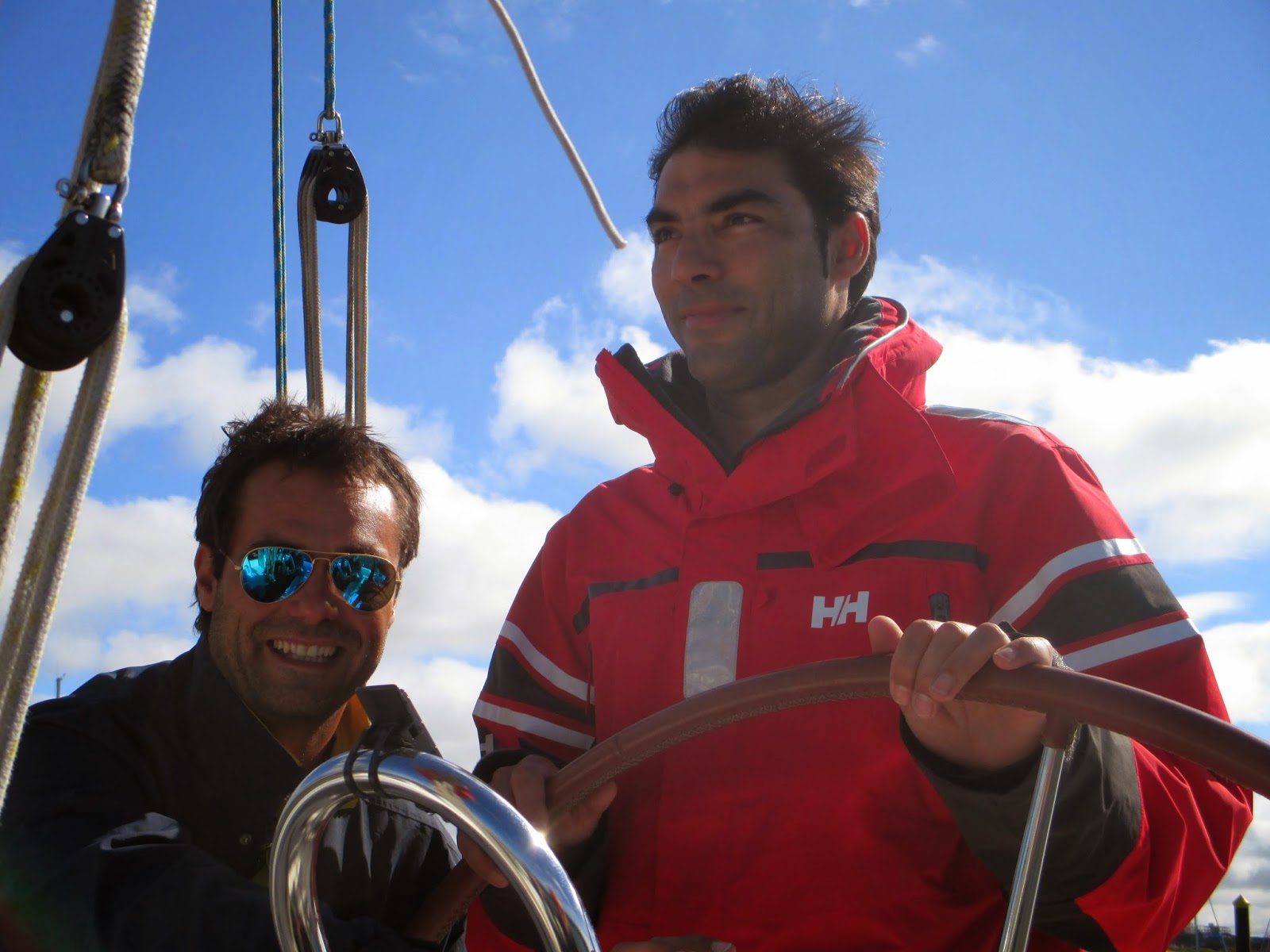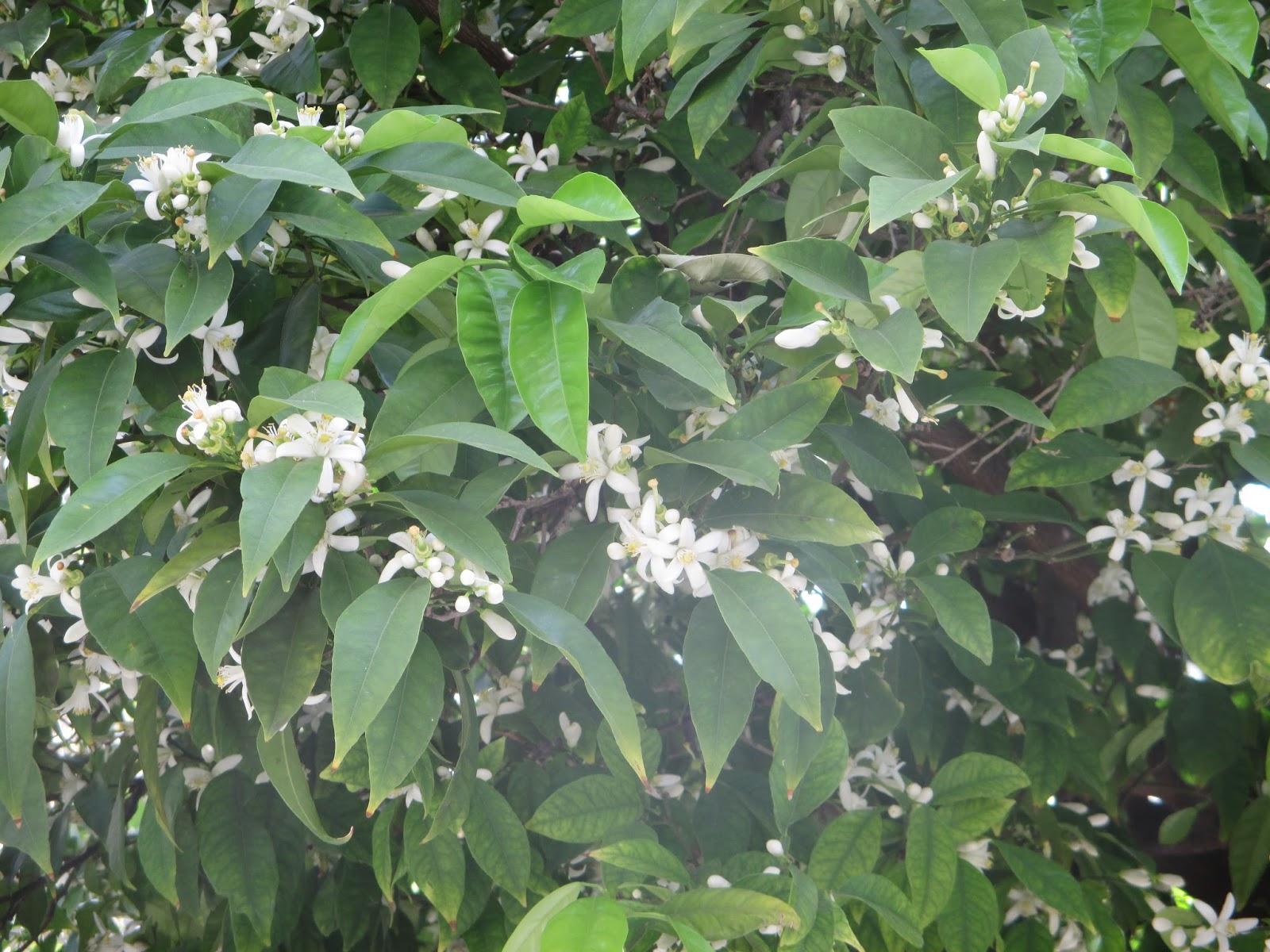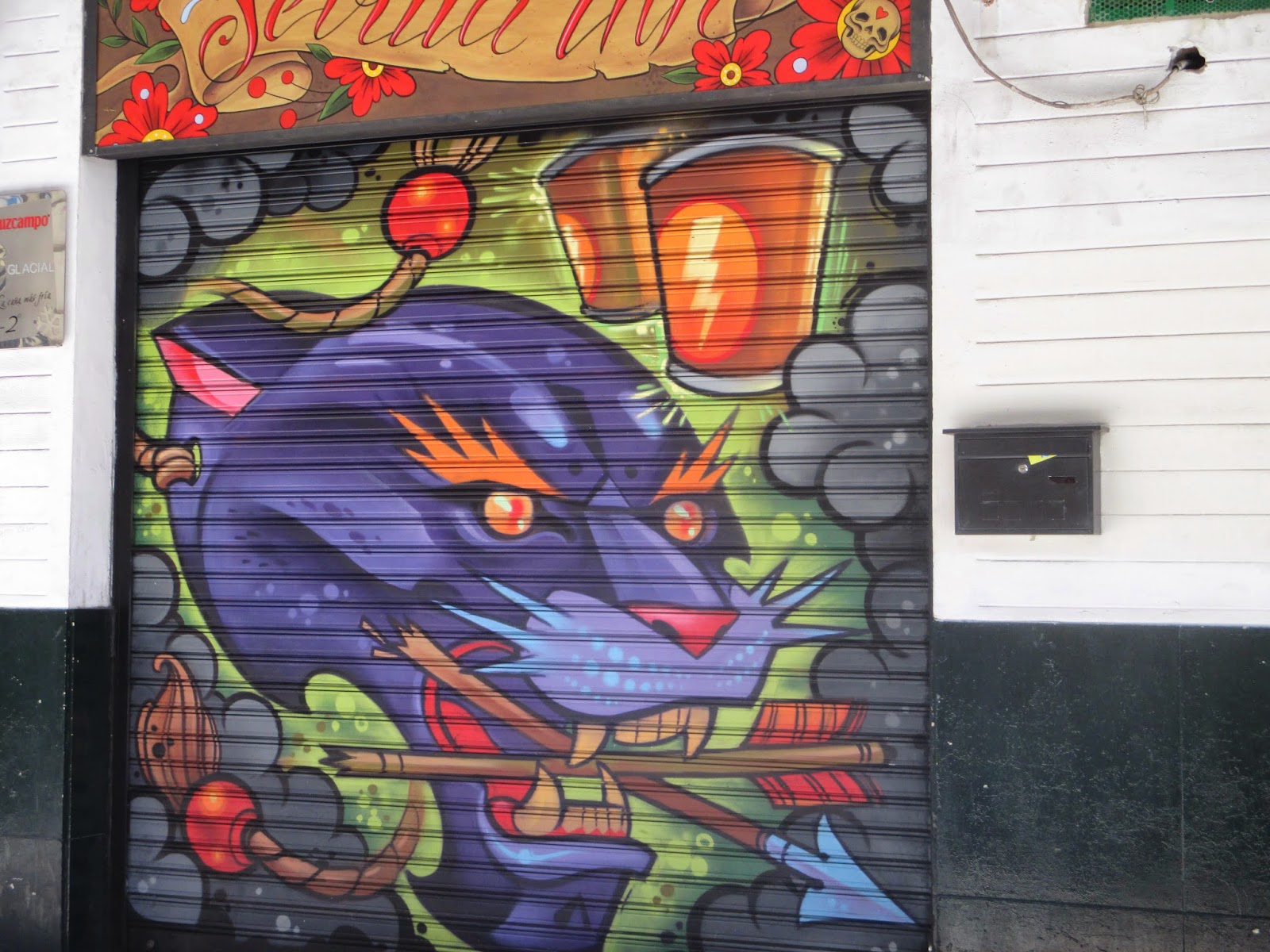Ivan's post and pictures of the day.
/http://www.globallanguagetraining.com/christopher-columbus-paths-outdoor-spanish-culture-learning/
We drove east of Sevilla and south of Huelva to Puerto de Mazagon. Stopped in Mazagon to get fresh bread, ham and cheese, drinks for the trip at a grocers. Arrived at the marina and met up with Raul Franco, our pilot of a thirty six foot sail boat named Tercio (Third).
 |
| Raul's boat |
The port has a 10 – 12 kilometer
breakwater off shore and is a major stop for import and export by sea. Car and
passenger ferries leave from there to go to Cadiz and points further south,
sailing on the Gulf of Cadiz.
 |
| Ivan and Raul |
Motored out then put up the genoa, smaller of two sails on board. It was
blowing about twenty knots, which, for me seemed quite windy, but that’s called
sailing isn’t it! Once past the
breakwater we were really moving. Very rocky shoreline to a nature reserve that
has curative mud for people in the spring before drying up in the summer.
Past
ritzy homes of people who work in Huelva. Sailing along and Raul went into his
pocket for his cell phone, Ivan yelled you’ve dropped some paper into the
water. It was a portion of the cash we’d paid him to take us! This is a sail
boat, not a fishing boat so no net aboard. Great scrambling, turning the boat
to try and retrieve the rapidly sinking cash to no avail. Bummer! Raul kept to
our plan anyway and we carried on, back to the breakwater area which was
calmer. Had our snacks and sailed to the very large port where the ships load
and unload and ferries leave from. Then back to the marina passing fishing
boats moored in the harbour.
 |
| Flags are for indicating net location to other boaters. |
Had lunch
at a very busy and popular (for good reason) at Casa Nino en Mazagon.
Ivan told us one of the legends of Christopher Columbus’s (in Spanish,
Cristobal Colon) attempts to get sailors to come with him on his voyage to the
Indies. The men thought he was loco to sail off the edge of the earth! So
Columbus said to them, if I can balance an egg on the bar you have to come with
me. They all thought, you can’t do that, safe bet! Columbus takes a hard boiled
egg, raps it on the bar, and stands it there. Ha, now he has sailors.
After our sail and lunch we went to La Rabida, Palos de la Frontera, to Muelle
de las Carabelas, the museum of Columbus’s three ships. http://en.wikipedia.org/wiki/Wharf_of_the_Caravels
These are well done replicas of the Santa Maria, a carrack (read bigger
than the other two), the Nina and the Pinta, which are caravels. To think that
they sailed across the ocean in these, using the trade winds to propel them is
either really brave or really crazy! These replicas have actually been sailed
along the same route Columbus took, again, to think someone had a modern day
choice and went anyway…
 |
| El Nina |
There was a replica village showing a market with what might have been
taken aboard and a pottery making factory.
 |
| Market with Santa Maria behind |
 |
| Only source of light and small amount of heat on board ship |
Another village depicted what Columbus
may have seen on arrival in the new land with natives in straw huts. The ships
had figures depicting a cook and scribe and a fellow on the sail’s rigging.
 |
| Santa Maria "galley" |
Ivan said that if a sailor was making trouble he would be sent up the rigging
as a look out for land. Can’t imagine how stomach churning that would be, so
high up, ship pitching back and forth!
 |
| Figure on the right above the cross bar. |
 |
| Pottery |
The museum is well worth a visit, we certainly enjoyed it although as it
was getting late in the day, with an hour drive back to Sevilla, we didn’t see
the entire site.
 |
| Building on site, wisteria over the door and tiled roof, everywhere in this area and Sevilla |
Columbus departed from Puerto de Palos to the Indies in 1492 and I’ll
leave the rest of the history of him and his voyages for you to look up
yourself if interested. There is much written, some articles provide different
information than others …
On the way back Ivan made a quick stop to a favourite bodega for a tub
of their olives for us, yum! Olives are either served directly from the jar or
herbs and spices are added, i.e. rosemary, thyme, lemon, sweet pepper, garlic, carrot. They are all great!
Another wonderful day with our guide Ivan. Again I will update this with Ivan's blog when it is ready.
Cheers, Bx2 & Lexi Cat




























